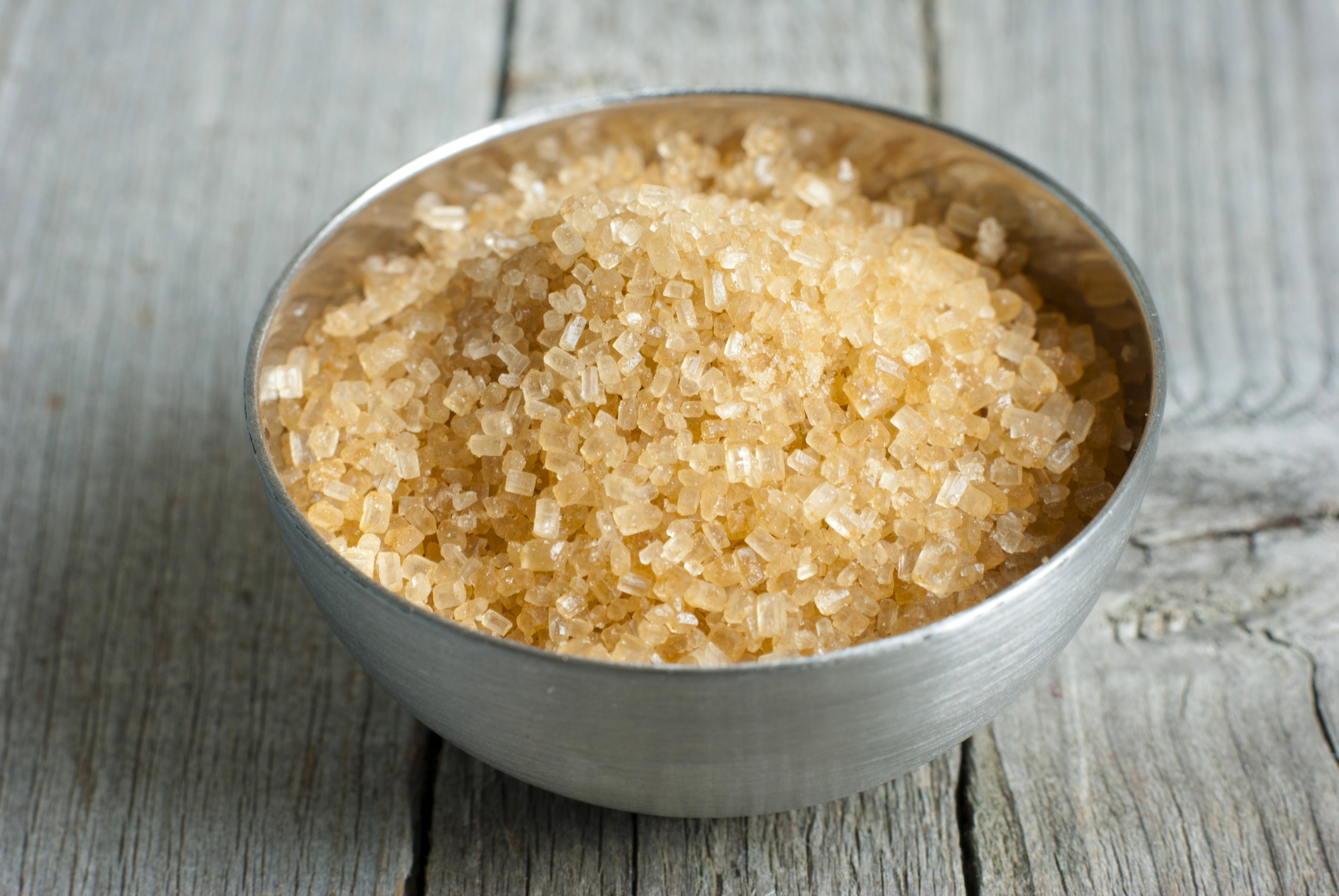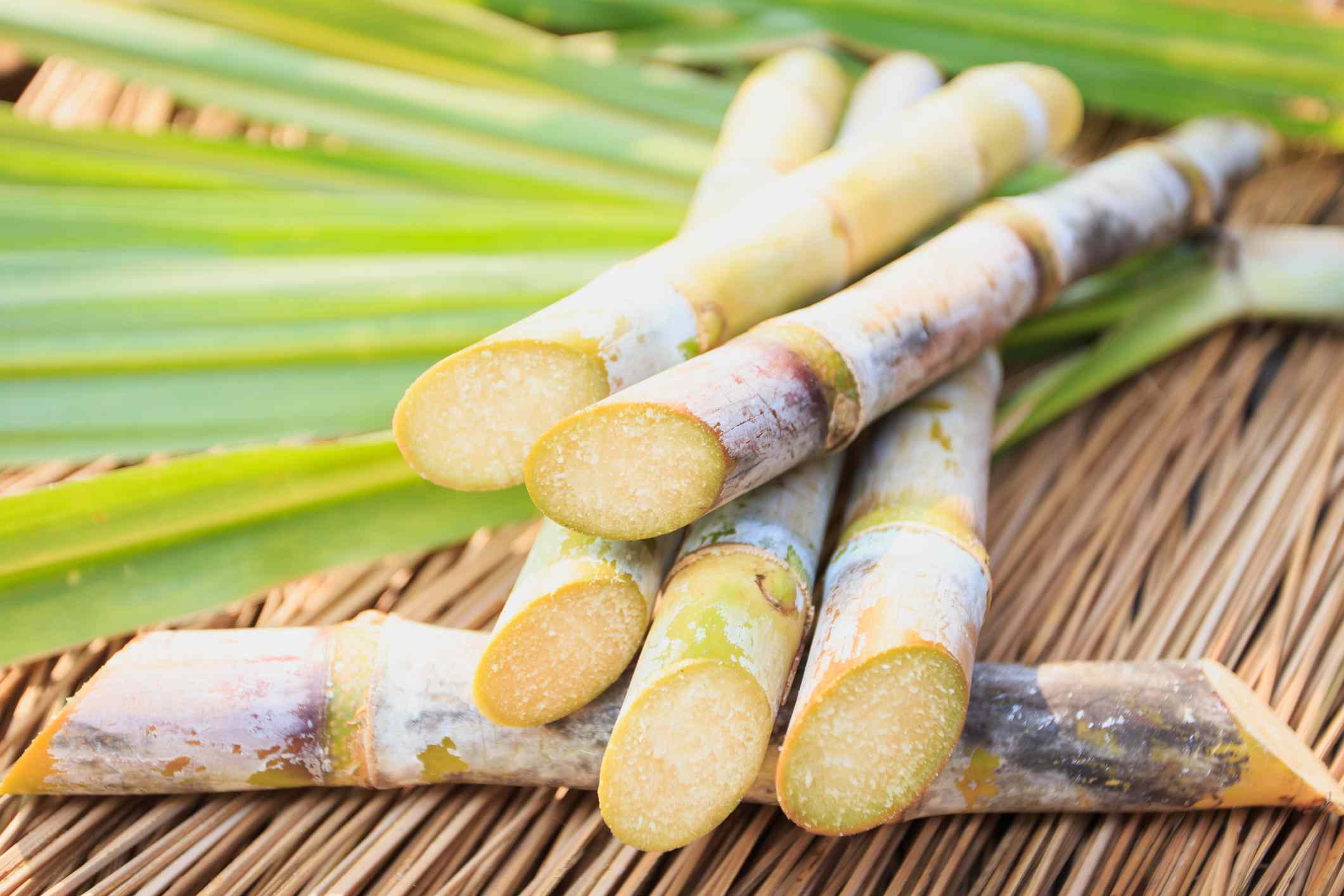Exploring the Comprehensive Tips Associated With Cane Sugar Handling From Harvesting to Improvement
The procedure of cane sugar production includes a collection of intricate actions, starting with the careful harvesting of sugarcane and culminating in the improvement phases that guarantee the last item fulfills industry requirements. Each stage, from the extraction of juice to the purification and condensation processes, plays an essential function in establishing the quality and character of the sugar.
Harvesting Sugarcane
Gathering sugarcane is a critical step in the cane sugar processing chain, as it directly influences the quality and yield of the last product. Proper timing and techniques are important during this stage to ensure optimal sugar content and minimize losses. Generally, sugarcane is harvested when it gets to maturation, generally 12 to 18 months after growing, defined by a high sucrose concentration.

Post-harvest, the sugarcane has to be refined promptly to stop sucrose destruction. Ideally, harvested walking cane must be transported to processing centers within 24-hour to protect sugar high quality. For that reason, efficient logistical planning is important to maintain the honesty of the gathered crop throughout the supply chain.
Extraction Process

The crushed walking stick goes through a series of pressing procedures to make best use of juice recuperation. Typically, hot water is splashed onto the smashed walking stick, producing a countercurrent flow that helps liquify the sugar while likewise helping in the removal process. The juice collected from this procedure consists of not only sugar yet additionally numerous natural compounds and contaminations.

To boost extraction performance, some facilities may utilize diffusion methods, where the sugarcane is saturated in warm water, permitting the soluble sugars to diffuse right into the fluid. The resulting juice, abundant in sucrose, is after that routed to succeeding handling stages, laying the foundation for purification and refinement. The extraction process is therefore crucial in determining the quality and yield of the final sugar item.
Purification Methods
The purification techniques employed in walking cane sugar handling are important for changing the raw juice right into a high-grade sugar item. These techniques mostly aim to get rid of contaminations, such as soil, plant materials, and not natural materials, which can detrimentally impact the last product's flavor and shade.
This procedure includes adding lime and warm to the raw juice, which helps with the coagulation of impurities. In addition, the use of phosphoric acid can enhance the explanation process by further binding pollutants.
Another substantial method is carbonatation, where co2 is presented to the clarified juice. This response generates calcium carbonate, which catches remaining contaminations and promotes their elimination.
Additionally, triggered carbon therapy may be used to adsorb any staying colorants and natural pollutants, ensuring an extra polished item. The combination of these techniques effectively prepares the sugar juice for subsequent actions in the refining procedure, setting the phase for the production of high-quality walking stick sugar.
Formation Methods
After the filtration stage, the next important action in walking stick sugar handling involves condensation approaches, which play this page a pivotal function in changing the made clear juice into solid sugar. This procedure typically employs two key methods: spontaneous condensation and regulated formation.
In spontaneous crystallization, supersaturated sugar options are permitted to cool down normally, resulting in the development of sugar crystals with time. This approach is simpler but may lead to irregular crystal dimensions and reduced pureness degrees. On the various other hand, regulated condensation is an extra specific strategy where temperature, seeding, and focus agents are meticulously managed. This method permits the uniform growth of sugar crystals and higher purity.
Throughout formation, the made clear juice is focused with evaporation, increasing its sugar content till it gets to supersaturation. As soon as this factor is accomplished, either method can facilitate the formation procedure. Cane Sugar Processing. The resultant sugar crystals are after that separated from the remaining syrup via centrifugation
Eventually, the option of crystallization method affects the quality, dimension, and pureness of the last sugar item, making this action necessary in the total walking stick sugar processing treatment.
Refinement and Product Packaging
Just how can the purity and quality of walking stick sugar be even more enhanced after formation? The improvement procedure plays a critical function in attaining high-grade walking stick sugar. Following crystallization, sugar undertakes a detailed washing to get rid of pollutants and recurring molasses. This is usually achieved using warm water or vapor, which assists liquify and extract undesirable aspects while preserving the sugar crystals.
Next, the sugar goes through a procedure called centrifugation, where it is spun at broadband to divide the purified sugar crystals from the staying liquid. After centrifugation, the sugar is typically more refined with an approach called carbonization or phosphatation, which utilizes turned on carbon or phosphoric acid to get rid of color and off-flavors.
Once fine-tuned, the sugar is dried out to attain the wanted wetness web content, guaranteeing that it remains secure during storage and transportation. The final action entails product packaging the polished sugar in moisture-proof and closed containers to keep its quality and avoid contamination. Cane Sugar Processing. Appropriate packaging not only expands rack life yet also helps with simple handling and circulation, making sure that customers obtain sugar that fulfills the highest possible standards of pureness and top quality
Verdict
The extensive steps included in cane sugar processing, from the meticulous harvesting of sugarcane to the elaborate refinement and packaging phases, emphasize the relevance of each stage in making certain top quality sugar production. Ideal harvesting techniques, reliable extraction methods, and extensive filtration processes collectively add to the end product's pureness and stability. The condensation and succeeding packaging methods additionally enhance the integrity and shelf life of the sugar, highlighting the intricacy and precision fundamental in this crucial agricultural market.
The process of walking Visit This Link cane sugar manufacturing includes a collection of detailed actions, starting with the careful harvesting of sugarcane and finishing in the refinement phases that make sure the final product fulfills market standards. Preferably, harvested walking cane must be delivered to refining anonymous facilities within 24 hours to maintain sugar high quality.In spontaneous crystallization, supersaturated sugar options are enabled to cool down naturally, leading to the development of sugar crystals over time - Cane Sugar Processing. The refinement procedure plays a crucial function in achieving high-quality walking cane sugar.The extensive steps included in walking cane sugar processing, from the thorough harvesting of sugarcane to the intricate improvement and packaging stages, emphasize the importance of each stage in ensuring top quality sugar manufacturing